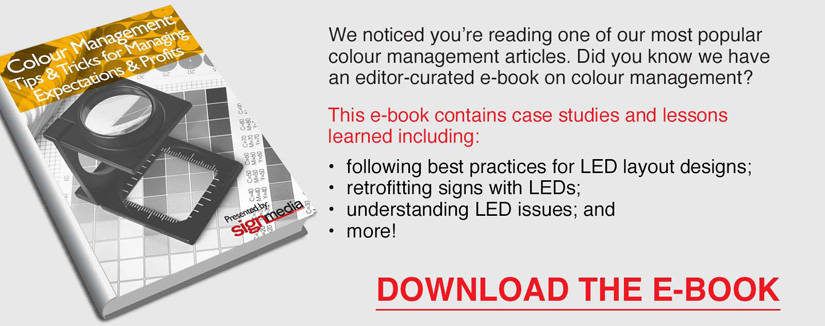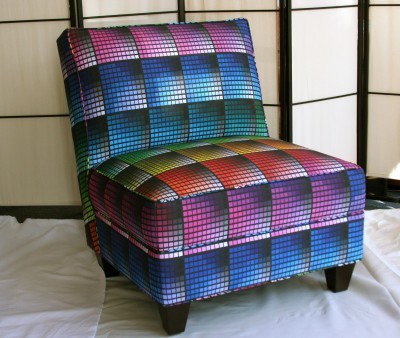Bulk ink systems
The aforementioned dye sublimation printers require the installation of a bulk ink system if third-party sublimation inks are going to be used. These systems can cost $500 to $2,500 and use chip-resetting devices to override the printers’ firmware settings.
Also, once these systems are installed, they may void the large-format printer manufacturer’s warranty. In such cases, warranty issues—including support and on-site repair—will need to be handled by the system integrator.
With that in mind, inks—and papers—should be sourced from the system integrator.
Heat presses
The heat press is one of the most important—and most expensive—components for dye sublimation success, sublimating (gassing) the ink from the printed images to make them permanent on the substrate.
Consistency of time, temperature and pressure is key, as any of these three elements can otherwise throw off colour consistency, create a dull image and necessitate reprinting a job, which could mean thousands of dollars in extra costs.
A rotary heat press should have an oil drum to ensure consistency. The manufacturer should provide installation, training and a warranty, since the belt might wear out and need to be replaced. It is a good idea to purchase a replacement belt at the outset.
A flatbed heat press should also carry a warranty, as its heating elements may malfunction and cause white spots on the prints.
RIPs
RIP software is crucial for creating profiles, managing workflow, preparing jobs with variable data, controlling dot gain, limiting ink use, achieving consistently vibrant colours and running multiple printers efficiently.
Unlike profiles with a pigment- or solvent-based printer, all profiles for dye sublimation are created directly from the media, after a print. The inks require a post-transfer from the heat press to create custom linearizations, ink limits and profiles to control dot gain.
The RIP software should be very simple in what it does, but it is easy to become overwhelmed by various bells and whistles. Once a RIP is chosen, it should be matched to a suitable personal computer (PC) that can maintain good processing speeds and not bog down the sign shop’s workflow.








